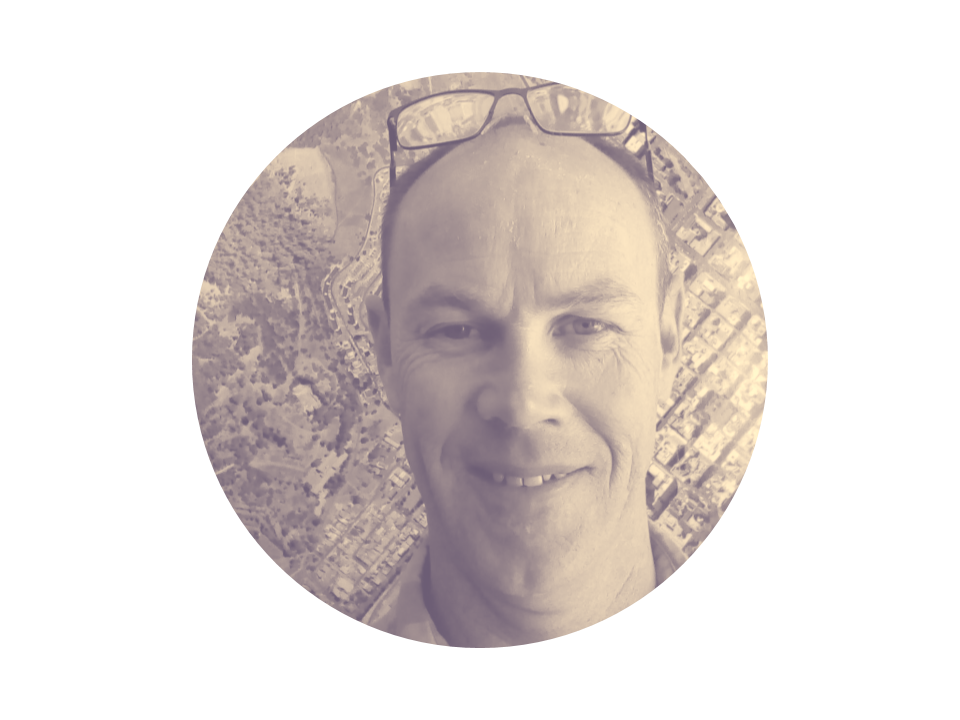LAUNCHING THE LEARNING
In Social Sciences we combined the study of Apartheid and Settlement under the theme “Where we live”.
Having learnt how Apartheid had created social divisions in SA, as well as having experienced some of these divisions on the tour of the Langa township, I wanted the boys to explore the physical divisions created by Apartheid laws, which remain very evident in our cities today. Our boys also went up Table Mountain to get a view over the city and see the different areas and their characteristics - density, open space, etc.
COLLABORATIVE RESEARCH & DEMONSTRATIONS OF LEARNING
Boys were required to create a custom Google MyMap on which they plotted the Apartheid group areas (black, coloured and white areas) and highlight the “buffers” used to separate these areas (motorways, railway lines, wetlands, food gardening, etc). Using the “lines and shapes” and "layers" tools they could plot and colour code the various Group Areas and buffers on their map to get a better spatial understanding of the socio-economic divisions created by, and during Apartheid.
The map was finally analysed by each pair, and they were required to submit a discussion of their observations in the Google Classroom.
Sample of Student Creation in MyMaps






